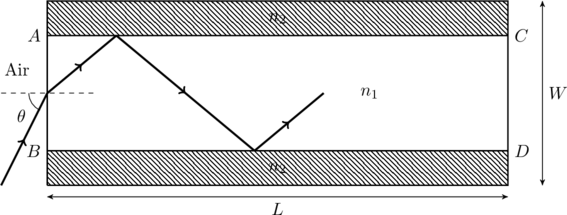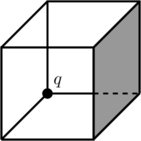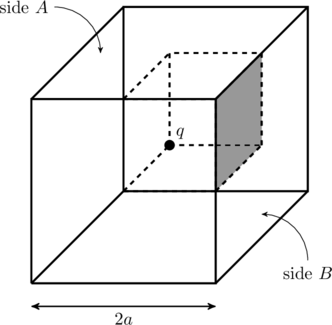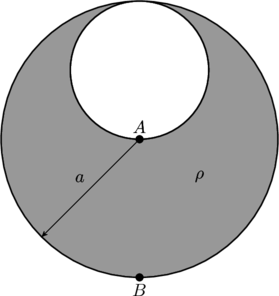IIT-JEE 2007 Paper 2, Question 6
(This problem is was repeated in JEE Advanced 2015 Paper 2, Question 11)
A spherical portion has been removed from a solid sphere having a charge distributed uniformly in its volume as shown in the figure. The electric field inside the emptied space is
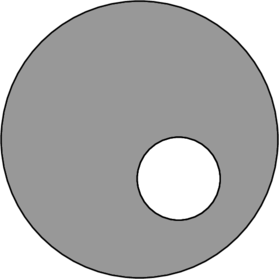
- zero everywhere
- non-zero and uniform
- non-uniform
- zero only at its center
Related Problems:
Electric field from a sphere with a cavity
Flux from a charged shell
Charge at one corner of a cube
Solution
As explained in a related problem we can think of the given charge distribution as a …
